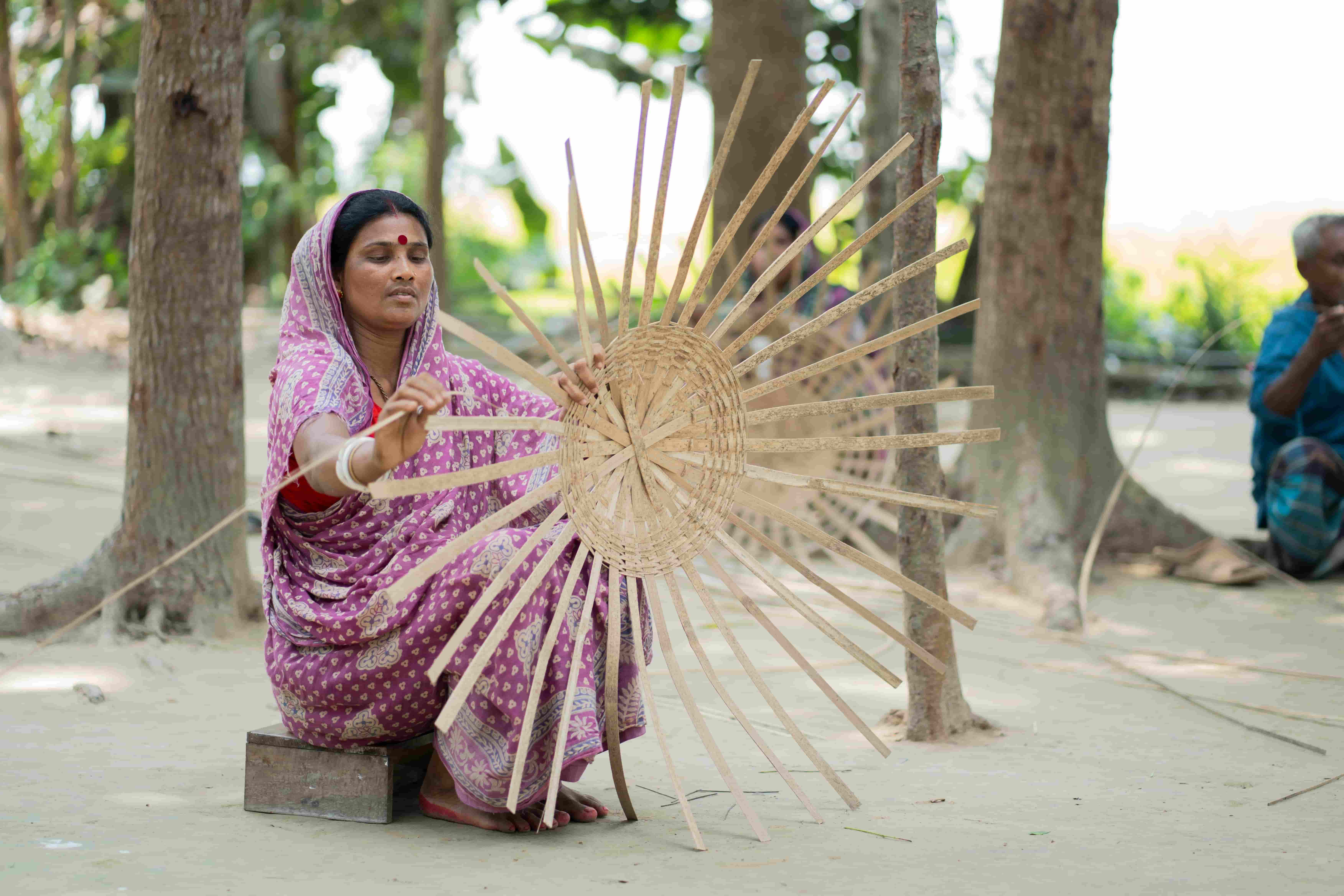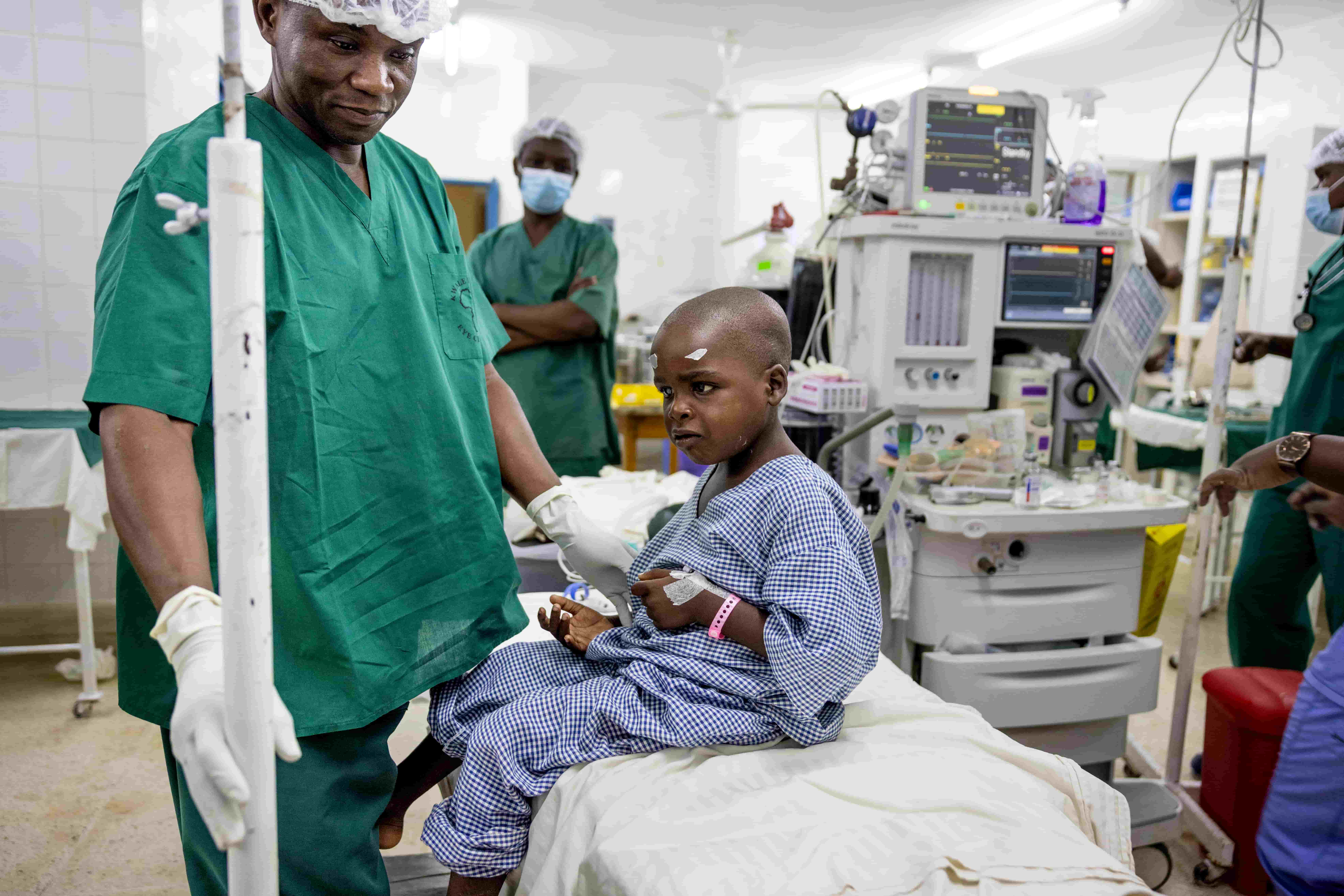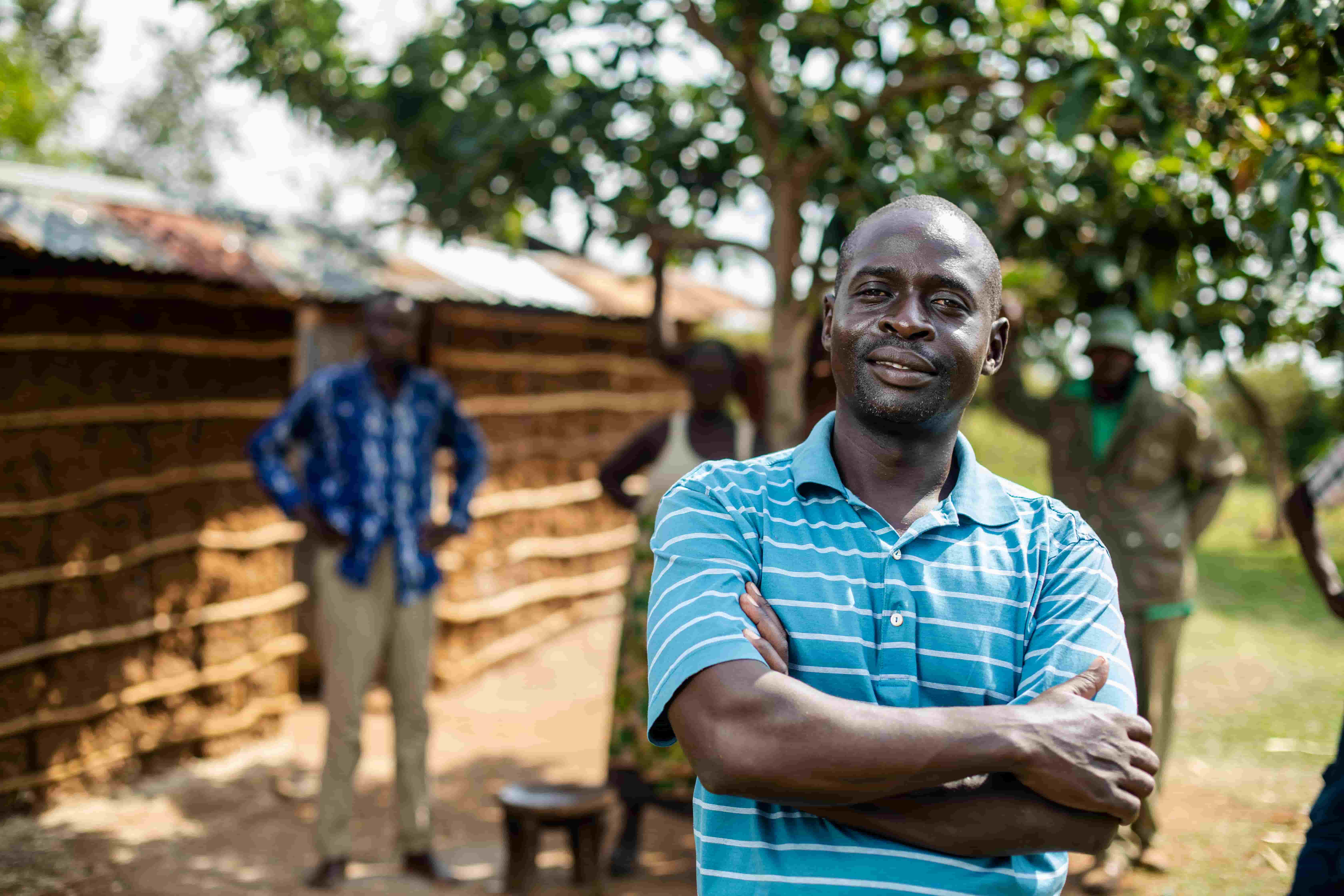The $447 billion problem: How vision loss is crippling the global economy

The Fred Hollows Foundation is committed to ending avoidable blindness around the world. Founded by Professor Fred Hollows, an eye surgeon and humanitarian who was strongly committed to empowering people to help themselves, we understand the transformative power of helping people in disadvantaged situations in our global community avoid preventable blindness.
Yet, in addition to the philanthropic motivation behind our work, the economic impact of vision loss and productivity cost associated with avoidable blindness makes our vision not just a moral imperative, but a practical one: Vision loss is crippling the global economy.
The $447 billion blindness productivity cost
The International Agency for the Prevention of Blindness’s recent ‘Value of Vision’ report, co-authored by The Fred Hollows Foundation and SEVA, estimated that around $447 billion is lost each year in productivity due to blindness and vision loss.
Apart from the devastating experience of losing sight, avoidable blindness reduces employment opportunities, educational achievement, and social integration, while increasing the risk of mortality.

A basket weaver in Bangladesh continues her craft with clear vision, illustrating how access to eye care helps people stay in work and support their families.
Photo credit: Tisha Akter
According to some studies, there are over 160 million people of working-age around the world who are living with preventable moderate to severe vision impairment or blindness.
Children who are school aged, in particular, can suffer from significantly lower levels of educational experience, lower self-esteem and detrimental costs to their future earning potential.
The under-recognised threat to the global economy
The $447 billion price tag in lost productivity represents a significant, and yet under-recognised threat, to the economic health of the world.
Considering that 90% of people who are blind or vision impaired don’t need to be, makes the vision loss economic impact all the more unnecessary and solvable. The cumulative societal impacts of lost productivity can stunt community development and natural economic growth.
Moreover, preventable blindness affects lower socioeconomic countries and communities disproportionately. Many of these same countries do not provide the same employment protections and social-security safety net that richer countries offer, thus exacerbating the problem.
How is Fred Hollows working to reverse the vision loss economic impact?

Jira prepares for cataract surgery at Kwale Eye Centre, Kenya, demonstrating how timely treatment can prevent avoidable vision loss and help children stay in school and productive.
Photo credit: Michael Amendolia
The vast majority of global sight loss, and thus the productivity cost associated with blindness, is avoidable with the right healthcare, treatment and prevention. From cataracts that remain untreated to uncorrected refractive errors, and even poorly managed or totally undiagnosed conditions like glaucoma and diabetic retinopathy, there is an enormous amount of potential in preventing vision loss.
In fact, according to the World Health Organization, the cost of interventions, around $25 billion globally, is a fraction of the total $447 billion in blindness productivity cost.
What can you do to help?
The team at The Fred Hollows Foundation is working with our partners to restore sight, improve eye health and avoid blindness in over 25 countries, including here in Australia. By directly supporting healthcare services and providing community-based training and education, our programs work directly to counteract the economic burden of vision loss by enabling millions to return to work, school, and community life. We are especially focused on addressing the systemic barriers to accessing eye health care, working with governments to strengthen sustainable health systems.
But we need your help to reduce the economic impact of global vision loss.
Support The Foundation’s work in countering the global economic impact
Restoring sight for millions of individuals around the world helps people facing disadvantage regain a sense of independence and confidence, and achieve economic capability. Breaking the entrenched cycle of poverty in low- and middle-income nations promotes further economic development and health infrastructure improvements, thus reducing the rate of avoidable blindness and ensuring a positive feedback loop.
In other words, the ripple effect of restoring sight leads to greater levels of self-sufficiency and lifts entire communities, reducing health system burdens and providing more capable participants in the workforce.

“It’s painful to see young children going blind because they still have a future,” says Don Adienge, a community health worker in Migori County, Kenya, helping families access eye care and restore sight.
Photo credit: Michael Amendolia
Additionally, our local training and healthcare system improvements help to build sustainable and robust infrastructure to provide ongoing health services. This ensures the long-term economic returns are multiplied, the costs associated with preventable blindness are reduced, and more people can have their lives positively transformed.
On the global stage, we advocate for more equitable access to healthcare for underserved demographics. By raising awareness on the world stage, we can bring more attention and action to this underrepresented cost to the global economy.
How you can contribute
Fortunately, there are many ways in which you can get involved and contribute to the amazing work of The Fred Hollows Foundation team.
1. Donations
Direct donations, whether one-off or as an ongoing monthly contribution, can make a tremendous difference. There are multiple avenues for donating, including workplace giving programs, donation matching campaigns, and a whole lot more. In some countries as little as $25 can help restore sight.
2. Fundraise
You can also support The Foundation through running fundraising events and awareness campaigns. With our support and resource assistance, fundraising allows you to magnify your impact and allows your network to positively contribute as well.
3. Partnerships
If you are a business, institution or non-government organisation, get in touch with our team today to explore partnership opportunities and larger scale involvement in sight-saving programs.
4. Volunteering
There are many ways in which The Foundation’s volunteers contribute to our mission to end preventable blindness. Health professionals, researchers, and administrative experts can support our efforts directly, but so can volunteering for events and campaigns in any capacity that suits your availability and capability.
5. Promotion
Even simply promoting our mission, subscribing and sharing our newsletter and being an informal advocate for the life-changing work we do can go a long way towards helping us rid the world of avoidable blindness.
Help us change lives and reduce the economic impact of vision loss
By preventing the causes and treating cases of avoidable blindness, The Fred Hollows Foundation is not only ensuring individuals around the world can live the lives they deserve, with dignity, but is contributing tremendous economic and social gains to the local and global economy.
The significant, multi-billion dollar blindness productivity cost is as unnecessary as avoidable blindness is preventable, and we encourage everyone to join us in whatever way they can in changing lives and reducing the vision loss economic impact for everyone’s benefit.
